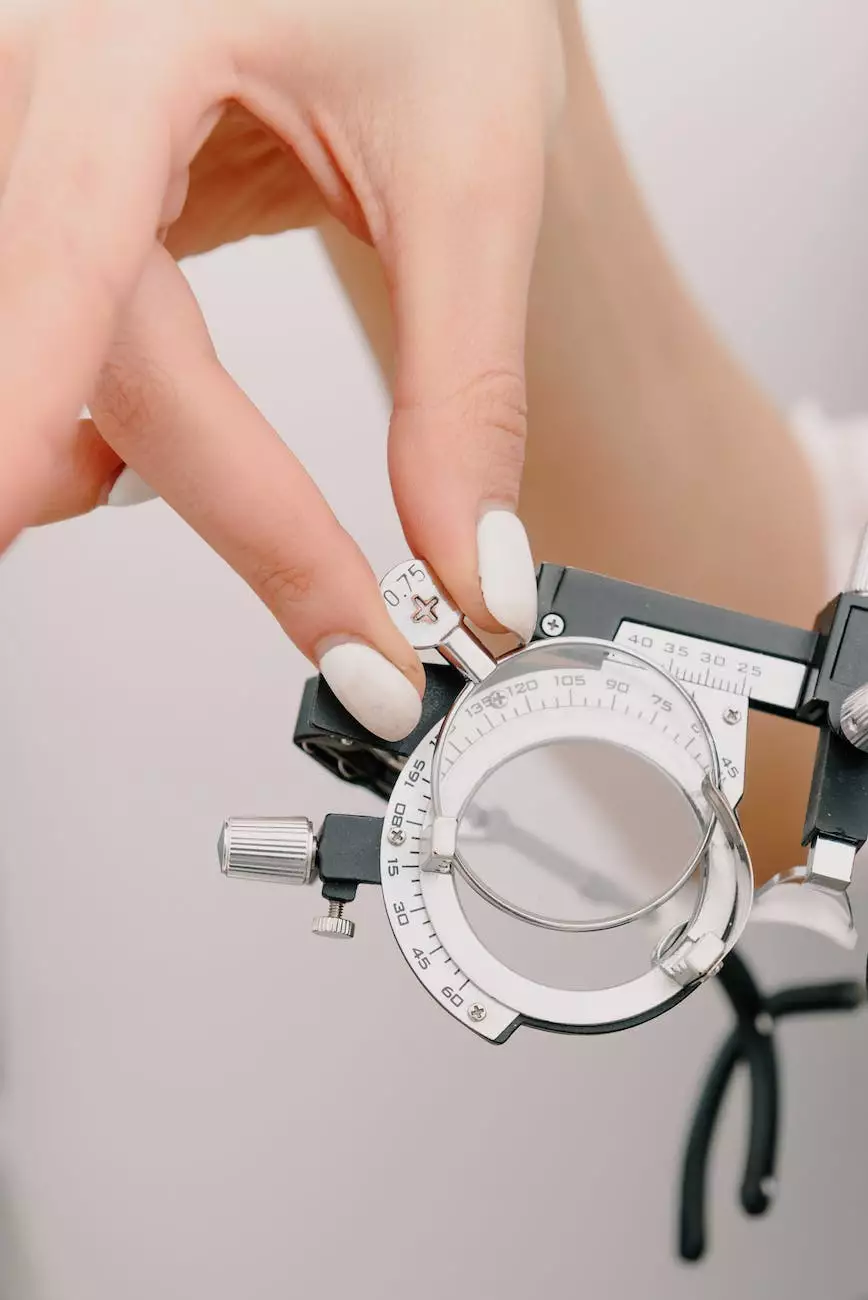3 Types of Breast Cancer Signs to Watch For
Injuries
Type 1: Ductal Carcinoma in Situ (DCIS)
Breast cancer is a complex disease with several different types. One of the types to watch out for is Ductal Carcinoma in Situ (DCIS). DCIS is considered a non-invasive form of breast cancer, which means it hasn't spread beyond the milk ducts into the surrounding breast tissue or other areas of the body.
However, it is important to understand that DCIS can potentially progress if left untreated, so it's crucial to recognize its signs and symptoms. Some common signs of DCIS include:
1. Changes in Breast Appearance
One of the earliest signs of DCIS is the presence of changes in breast appearance. This may include changes in breast size, shape, or the appearance of a new lump or thickening in the breast tissue. It's important to note that these changes may not always be noticeable through self-examination, which is why regular breast screenings and mammograms are essential.
2. Nipple Discharge
Another sign of DCIS is the presence of nipple discharge, particularly if it is bloody or occurs spontaneously without any manipulation of the breast. Any unusual discharge should always be evaluated by a healthcare professional.
3. Breast Pain or Tenderness
In some cases, individuals with DCIS may experience breast pain or tenderness. This pain can vary in intensity and may be persistent or intermittent. It's important not to ignore any persistent breast pain and consult with a healthcare provider for proper evaluation.
Type 2: Invasive Ductal Carcinoma (IDC)
Invasive Ductal Carcinoma (IDC) is the most common type of breast cancer, accounting for about 80% of all cases. It begins in the milk ducts but has the potential to spread to other parts of the breast or beyond.
Early detection and recognizing the signs and symptoms of IDC are crucial for effective treatment. Here are some common signs to watch out for:
1. Breast Lump or Mass
A significant sign of IDC is the presence of a breast lump or mass. The lump may feel hard, irregular in shape, and may or may not be painful. It's important to note that not all breast lumps are cancerous, but it's always best to get them checked by a healthcare professional.
2. Changes in Breast Skin
Another common sign of IDC is changes in the breast skin. This may include redness, dimpling, puckering, or the appearance of an orange-peel texture. These changes can occur due to the cancer cells blocking the lymphatic vessels in the skin.
3. Nipple Changes
Changes in the nipple, such as inversion, flattening, swelling, or the presence of discharge, may indicate the presence of IDC. Any persistent changes should always be evaluated by a healthcare professional.
Type 3: Lobular Carcinoma in Situ (LCIS)
Lobular Carcinoma in Situ (LCIS) is a condition that indicates abnormal cell growth in the lobules of the breast. Unlike DCIS, LCIS is not considered cancer, but it increases the risk of developing invasive breast cancer later in life.
Although LCIS itself does not present any obvious signs or symptoms, it emphasizes the need for regular breast screenings and mammograms to monitor any changes in breast tissue. Early detection of LCIS allows for proactive management and reduced risk of invasive breast cancer.
Conclusion
Being aware of the different types of breast cancer and their warning signs is essential for early detection and improved outcomes. Pain Cream Advisors is dedicated to providing comprehensive information on breast cancer and various other health topics to help individuals make informed decisions about their well-being.
If you notice any changes or experience any concerning symptoms mentioned above, it is important to consult with a healthcare professional for proper evaluation and guidance.
Remember, early detection saves lives!










